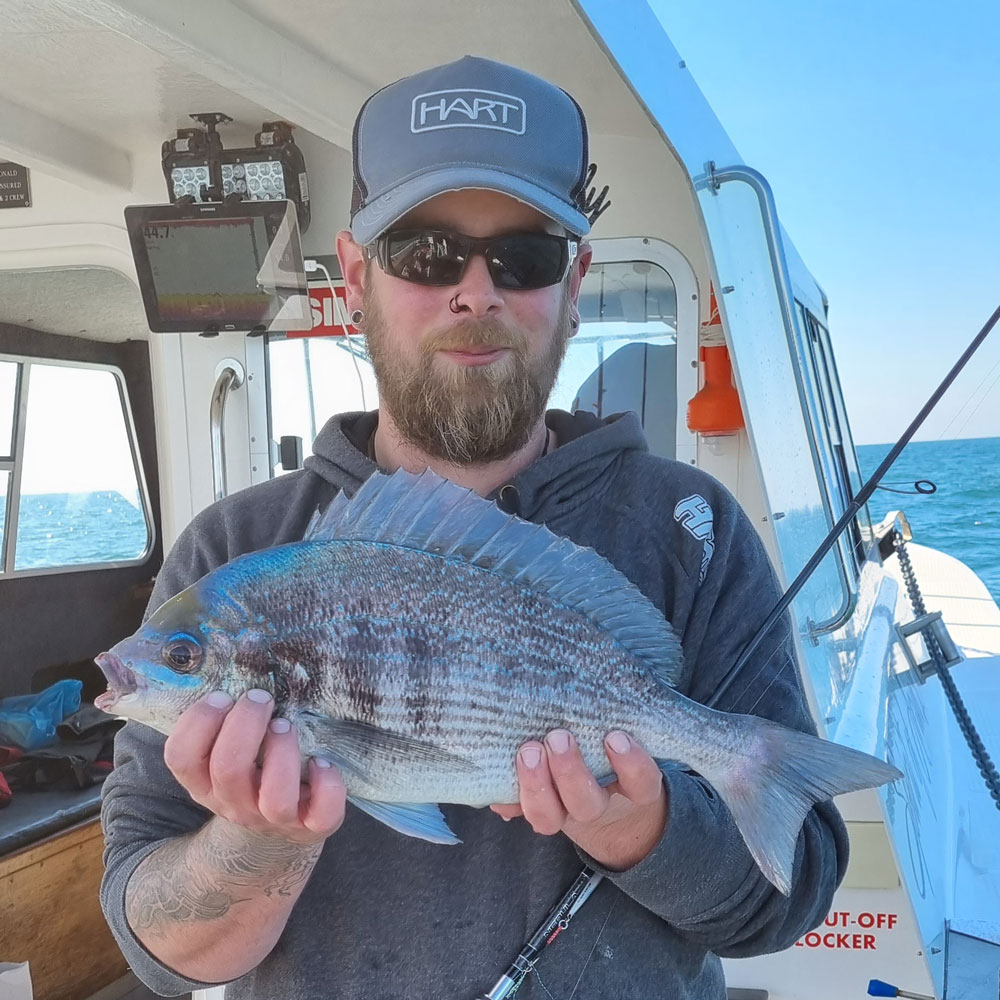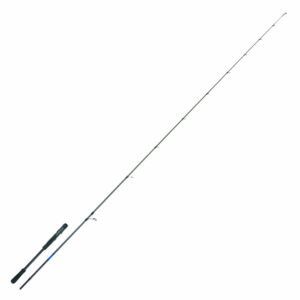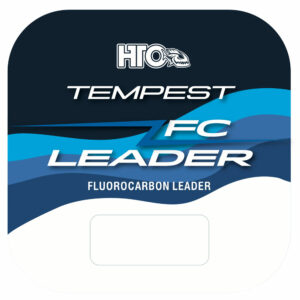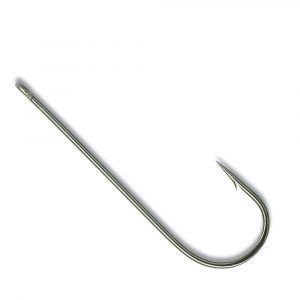Size for size, and on light balanced tackle, black bream are one of our hardest fighting sea fish. Averaging about a pound but growing to well over 4 lbs they have become a cult summer fish for many sea anglers. What’s more, with warming seas they are extending their range further and further north, making them more and more available to anglers.

Season
The season runs from mid April in the English Channel and Southwest to the end of November. Off the Welsh coast they appear maybe by late April but more likely in early May and stay until the first real gales of autumn in the mid September period. They also occur in the Southwest of Scotland, especially from the Mull of Galloway, but it’s normally late June or early July before they show, and they will usually be thinning by early September.
They are less common in Ireland, showing mainly from the Wexford and Waterford coast, with the season extending from May to September. Having said that, they have started to appear off the east coast of Northern Ireland and from around the Isle of Man.
Habitat
They frequent shallow and deeper rocky reefs, areas where the seabed is made up of stone and boulder, also more broken ground with rock intermixed with clean sand. They also show around both inshore and deep water wrecks, the wrecks often producing the very biggest fish but not exclusively.
They will also be found working through shallow eel-grass beds, deeper water kelp beds and over heavy rough ground in deep water off coastlines made up of mainly rocky cliffs.
Weather and Tides
In shallow inshore water less than 40-feet deep, they favour only settled seas amid periods of calm, light winds and high pressure weather systems. They prefer clear water, not murky water after a blow, and will happily feed even in bright daylight, but do take best on days with an overcast sky. They do not feed at night!
Over deep water and around the offshore wrecks, the sea state is less important, but they will be less in numbers after prolonged rough weather and big seas.
Black bream feed best on the flooding tide in the middle three hours when the flow is quickest. The best tides are the middle sized tides leading up to the bigger spring tides. The biggest tides of all will see shorter periods of feeding, usually in the 2nd and 4th hour of the flood. They feed much the same on the ebb with the middle hours likely to give the best fishing. Low water slack will see bites fade to next to nothing.
Tackle
On the inshore, shallower water marks and when fishing areas with little tide pull, you can afford to go light. Our favourite rods in this scenario are from our sister brand HTO. The Nebula SP and Tempest Inshore rods are ideal. The Tronixpro Banzai Kayak rods are also a great option. If conditions allow, and you want some mega fun, considering using the Nebula Light Boat Jigging rod.
-
 HTO Tempest – Inshore£199.99
HTO Tempest – Inshore£199.99 -
 HTO Nebula SP£179.99 – £189.99
HTO Nebula SP£179.99 – £189.99 -
 Nebula Light Boat Jigging | 6ft | Max Jig 40g£169.99
Nebula Light Boat Jigging | 6ft | Max Jig 40g£169.99
Rarely are lead weights more than 3 ozs needed in these conditions, especially with braided lines. Match the rods to a 3000 or 4000 HTO Nebula reel loaded with 15lb Tempest WX8 Braid and 20lb Tempest Fluorocarbon Leader twice the length of the rod.
-
 HTO Nebula Reels£109.99 – £129.99
HTO Nebula Reels£109.99 – £129.99 -
 HTO Tempest WX8 Braid£34.99
HTO Tempest WX8 Braid£34.99 -
 HTO Tempest Fluorocarbon Leader£5.99 – £9.99
HTO Tempest Fluorocarbon Leader£5.99 – £9.99
On the deep water reefs and wrecks, again stay as light as you can, choosing either a 6-12lb Tronixpro Banzai Boat Rod or the heavier 12/20lb class. A small 6500 sized multiplier or 4000 fixed spool reel is perfect, but choose a 20lb class multiplier for the heavier outfit. Braided lines, such as the Tronixpro X8 Probraid, cut through the tide better and increase positive bite detection.
Simple 2-hook flapper rigs are successful with 12 to 18-inch hook lengths of 12 to 20lb Tronixpro Fluorocarbon. Bream have small mouths, so Tronixpro Aberdeen Hooks in sizes 4 to 2 are best, but if the bream are spooky, as they can sometimes be, especially in shallow water, dropping to a size 6 hook and smaller baits can bring more bites. Some anglers prefer wormer style hooks such as the Tronixpro Wormer or T73 Chinu Ring. On the wrecks, bigger baits on size 1/0 hooks will still take smaller fish, but are capable of landing that monster bream if it takes the bait.
-
 Tronixpro Fluorocarbon Hook Length – Soft£9.99 – £20.99
Tronixpro Fluorocarbon Hook Length – Soft£9.99 – £20.99 -
 Tronixpro Aberdeen£2.99
Tronixpro Aberdeen£2.99 -
 Tronixpro Wormer£2.99
Tronixpro Wormer£2.99 -
 Tronixpro T73 Chinu Ring Offset Point Hook£2.99 – £9.99
Tronixpro T73 Chinu Ring Offset Point Hook£2.99 – £9.99
Baits
Being a shoal fish, bream are not fussy eaters and pretty much take what’s put in front of them. They take best on small mackerel strips, squid strips, sections of lugworm and ragworm, razorfish, sandeel, bluey, also cockle, mussel, and crab chunks. One bait few anglers carry, but it can be devastating for bream, is cooked prawns from your local supermarket. Use the natural curve of the prawn to mount the hook down through the body with the point coming out at the thicker head end.
Keep baits small, hooking fish strips on to the hook point by one end only to allow the strip to flutter and move in the tide. Only fill the hook with bait, do not bulk it out, smaller baits catch more fish.
It pays to carry as many baits as you can each trip and experiment to find which the fish take the best. Also try small cocktail baits such as lugworm tipped with a tiny sliver of mackerel or squid, or lug tipped with cockle.
The Axia Grub Rig baited with tiny strips of mackerel can be a real killer rig for bream, especially if the day is overcast and if conventional tackle is not catching, this is the rig to try!
Tactics
Choose the lightest lead weight you can get away with, aiming to be just heavy enough to keep in contact with the seabed. Ideally, you should be able to lift the rod tip, release a few feet of line, and allow the lead to trot off downtide a few feet. This drop back of baits in the tide is deadly, so bear it in mind.
Typically, on reef ground, the smaller bream are at the front of the shoal. If you cast further back from the boat than you have been trotting back, then this simple change can produce the odd better bream.
As the tide picks up speed, use shorter 12-inch hook lengths to give quicker and more positive bite detection. As the tide slows towards slack water, you can get extra bites by increasing the hook length to 18-inches to give more movement to the bait. Also try dropping down to a lighter hook length, say 12 or 15 lb Fluorocarbon. Bream have tiny teeth and the Fluorocarbon gives more durability than mono will.
If you miss a bite, lift the rod tip, then drop it back. This can induce another instant bite from another fish. If after two drops after a bite you get nothing, it’s likely your bait has been robbed so reel in and start again.

On the wrecks, again choose a light enough lead weight to bounce off down tide as the bream will be tight to the wreck and even if you’re only a few feet off the metal, this can see you miss the best of the fishing.
Bream bites in all situations are a sudden and rapid series of rattles on the rod tip. It’s best to strike instantly. If you keep getting bites and miss fish, go down to smaller baits and hooks. Bream fight with a series of head dives that with big fish can result in line being given, so set the reel drag accordingly to allow a decent fish to take a little line to protect the hook hold.
A good tip if you can’t find the bream, or you’re just getting the odd or two, is to lift and drop the lead weight banging it on to the rocks. This rhythmic “tap” can often draw the bream in.
In shallower water, one last tip to really get the bream feeding is to put a bag of mashed up mackerel and bran down. Do this from the bow of the boat using a weight heavy enough to keep the bag vertical below the boat and hard on the seabed. Specially made metal cages are best for this. If you use vegetable mesh type bags the bream, and tope and huss, will rip the bags to bits and prematurely release the contents.


